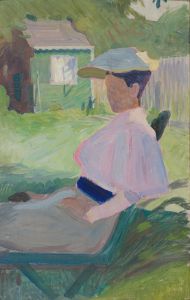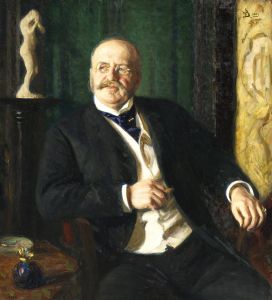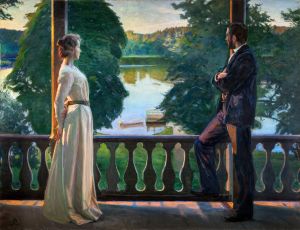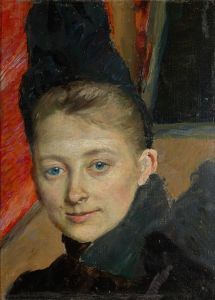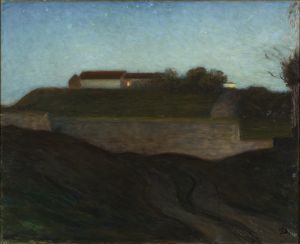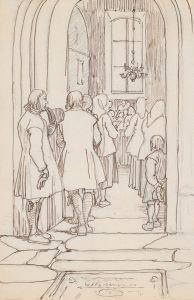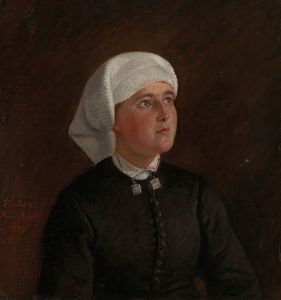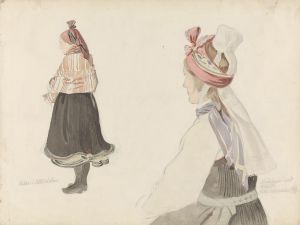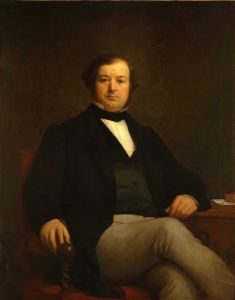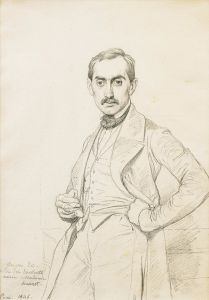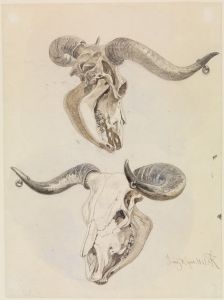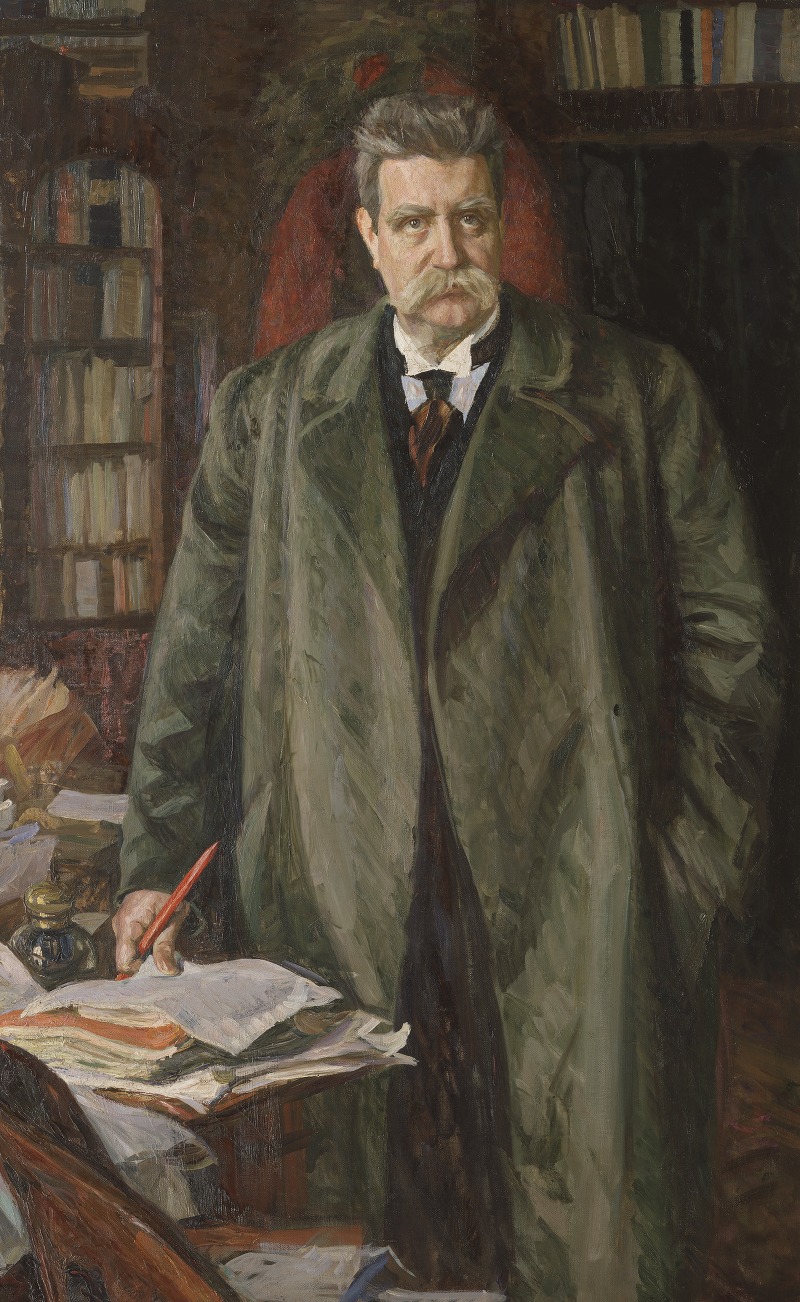
Hjalmar Branting
A hand-painted replica of Richard Bergh’s masterpiece Hjalmar Branting, meticulously crafted by professional artists to capture the true essence of the original. Each piece is created with museum-quality canvas and rare mineral pigments, carefully painted by experienced artists with delicate brushstrokes and rich, layered colors to perfectly recreate the texture of the original artwork. Unlike machine-printed reproductions, this hand-painted version brings the painting to life, infused with the artist’s emotions and skill in every stroke. Whether for personal collection or home decoration, it instantly elevates the artistic atmosphere of any space.
Hjalmar Branting by Richard Bergh is a portrait painting created by the Swedish artist Richard Bergh in 1906. The artwork depicts Hjalmar Branting, a prominent Swedish politician, journalist, and the first Social Democratic Prime Minister of Sweden. Branting was a key figure in the early 20th century Swedish labor movement and played a significant role in advocating for workers' rights and democratic reforms.
Richard Bergh, the artist, was a well-known Swedish painter associated with the National Romanticism movement. He was recognized for his portraits, landscapes, and contributions to Swedish art during the late 19th and early 20th centuries. Bergh's works often reflected a deep interest in capturing the personality and essence of his subjects, and his portrait of Branting is no exception.
The painting portrays Branting in a formal yet approachable manner, emphasizing his intellectual and political stature. He is depicted seated, wearing a dark suit, with a thoughtful expression that conveys his dedication to his ideals and responsibilities. The background is relatively simple, ensuring that the focus remains on Branting himself. Bergh's use of light and shadow adds depth to the portrait, highlighting Branting's facial features and lending a sense of gravitas to the composition.
This portrait is considered an important cultural and historical artifact, as it not only captures the likeness of one of Sweden's most influential political figures but also reflects the artistic style and techniques of its time. The painting is part of the collection of the Nationalmuseum in Stockholm, Sweden, where it is preserved and displayed as a significant piece of Swedish art history.
Hjalmar Branting's legacy as a politician and advocate for social democracy, combined with Richard Bergh's skill as a portraitist, makes this painting a notable example of the intersection between art and politics in early 20th century Sweden.





